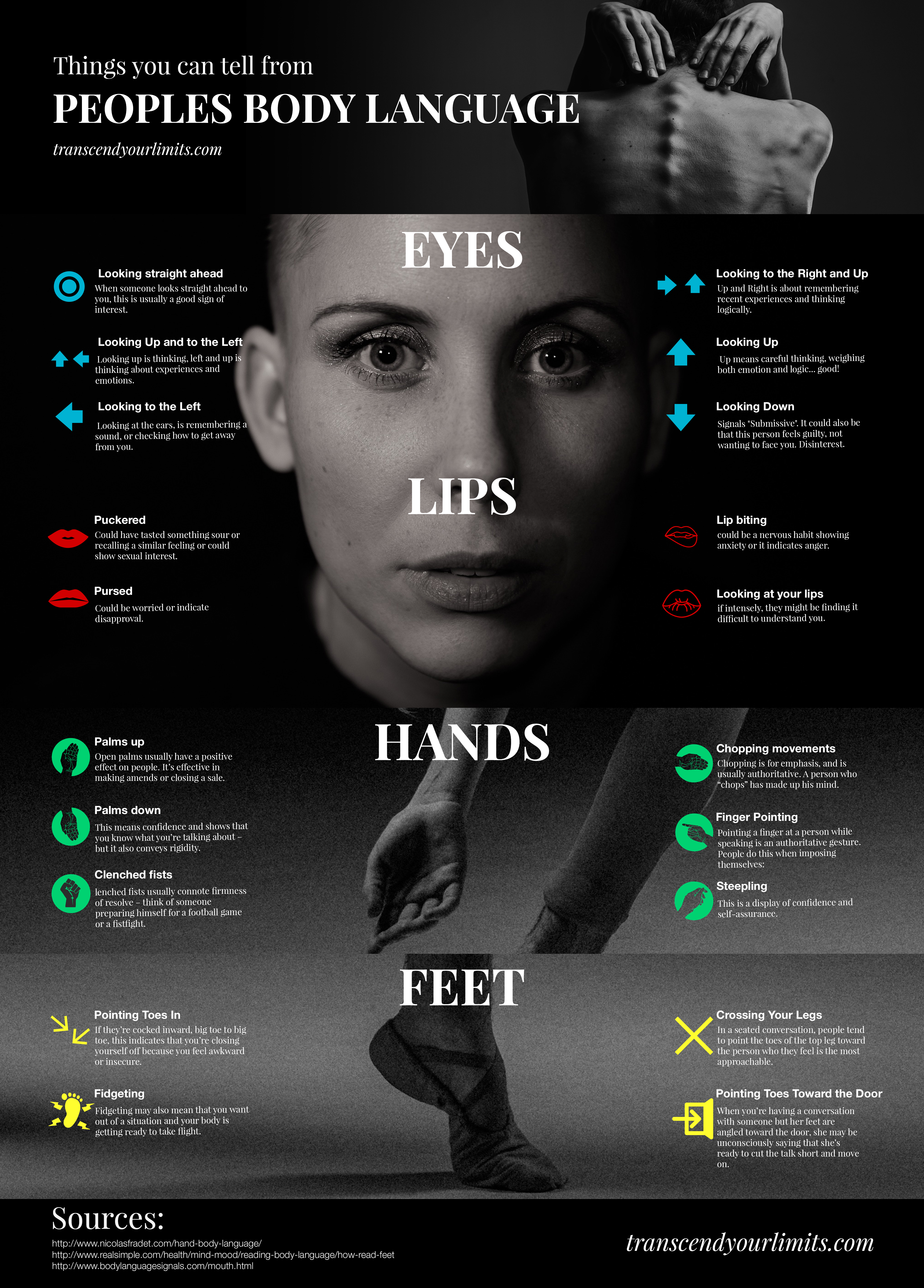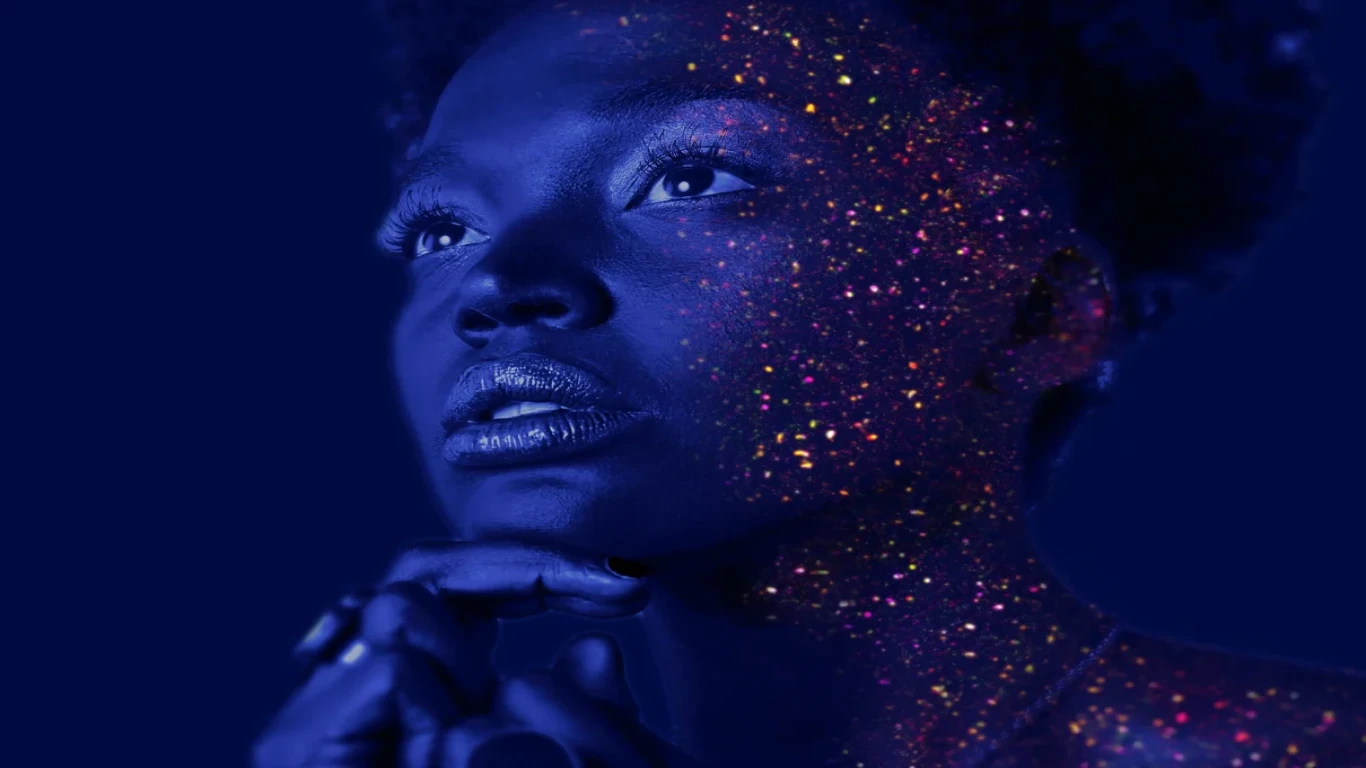More Than a Moment: Infusing Emotion into Your Photography
FACT CHECKED ✅
Capturing and evoking emotions in photography is a powerful skill that can transform a simple image into a compelling story. This article explores techniques to infuse your photographs with emotion, making your work more impactful and engaging. By understanding and applying these methods, photographers can create images that resonate deeply with their audience.
 |
| Capturing emotions in photography can transform a simple image into a compelling story. (📷: commons.wikimedia) |
The Importance of Emotion in Photography
Emotion is the driving force behind many of the world's most memorable photographs. Whether it's joy, sorrow, anger, or peace, capturing genuine emotion can create a strong connection between the viewer and the image. Understanding the role of emotion in photography helps in crafting images that tell a story and elicit a response.
Choosing the Right Subjects
Selecting subjects that naturally convey strong emotions is the first step. Human subjects, in particular, are excellent for this purpose as they can display a wide range of feelings through facial expressions, body language, and interactions with their surroundings. Look for candid moments that reveal genuine emotions, such as a child's wonder, a couple's love, or an individual's contemplation.
 |
| Humans can display a wide range of feelings through body language. (📷: transcendyourlimits) |
Utilising Composition to Convey Emotion
Effective composition can significantly enhance the emotional impact of a photograph. Here are some techniques to consider:
Close-Ups: Tight framing on a subject's face can highlight subtle expressions and intensify the emotional connection.
Negative Space: Using negative space can create a sense of isolation, peace, or contemplation, depending on the context.
Leading Lines: Directing the viewer’s gaze towards the subject can enhance the focus on the emotion being conveyed.
 |
| Close-ups can highlight subtle expressions and intensify emotional connection. (📷: pinterest) |
Playing with Light and Colour
Light and colour are powerful tools for setting the emotional tone of a photograph:
Soft Light: Diffused light can create a serene and calming atmosphere, perfect for peaceful or introspective scenes.
Harsh Light: Strong, direct light can add drama and intensity, suitable for more dynamic and high-energy emotions.
Colour Psychology: Colours have inherent emotional associations. Warm colours like red and yellow can evoke feelings of warmth and excitement, while cool colours like blue and green can convey calmness and melancholy.
 |
| Colours have inherent emotional associations. (📷: cuttingedger) |
Capturing Movement and Action
Emotion is often found in movement and action. Capturing a moment of action, such as a dancer mid-leap or a runner crossing the finish line, can convey a sense of energy and passion. Use techniques like panning to follow the subject's movement or a fast shutter speed to freeze a moment in time.
 |
| Capturing a moment of action can convey a sense of energy and passion. (📷: pinterest) |
Post-Processing for Emotional Impact
Post-processing can enhance the emotional tone of your photographs. While maintaining the integrity of the original scene is crucial, subtle adjustments can amplify the intended feeling:
Contrast and Brightness: Adjusting these settings can deepen shadows and highlight emotions.
Colour Grading: Toning your images with specific colour hues can evoke different moods.
Vignette: Adding a vignette effect can draw attention to the subject and add a dramatic touch.
 |
| Toning your images with specific colour hues can evoke different moods. (📷: lwks) |
Telling a Story
A single photograph can tell a powerful story, but a series of images can deepen the emotional journey. When working on a photo series, consider how each image relates to the others and contributes to the overall narrative. Sequence your photos to guide the viewer through the story, from the introduction to the climax and resolution.
 |
| A series of images can deepen your viewer's emotional journey. (📷: level2-lawrence) |
Real-Life Examples and Inspiration
Studying the work of renowned photographers can provide valuable insights into capturing emotion. For instance, the poignant war photography of Robert Capa, the empathetic portraits of Dorothea Lange, and the intimate street photography of Henri Cartier-Bresson all demonstrate powerful emotional storytelling. Analysing their techniques can inspire and inform your approach to emotion in photography.
 |
| Studying the work of renowned photographers can provide valuable insights. (📷: Dorothea Lange) |
Capturing emotion in photography is an art that requires sensitivity, awareness, and technical skill. By focusing on subjects that naturally express emotion, using composition and lighting effectively, and enhancing your images through thoughtful post-processing, you can create photographs that resonate deeply with your audience. As you refine these techniques, your work will not only capture moments but also evoke feelings, creating a lasting impact on viewers.
⭐⭐⭐
*AI assisted



Comments
Post a Comment